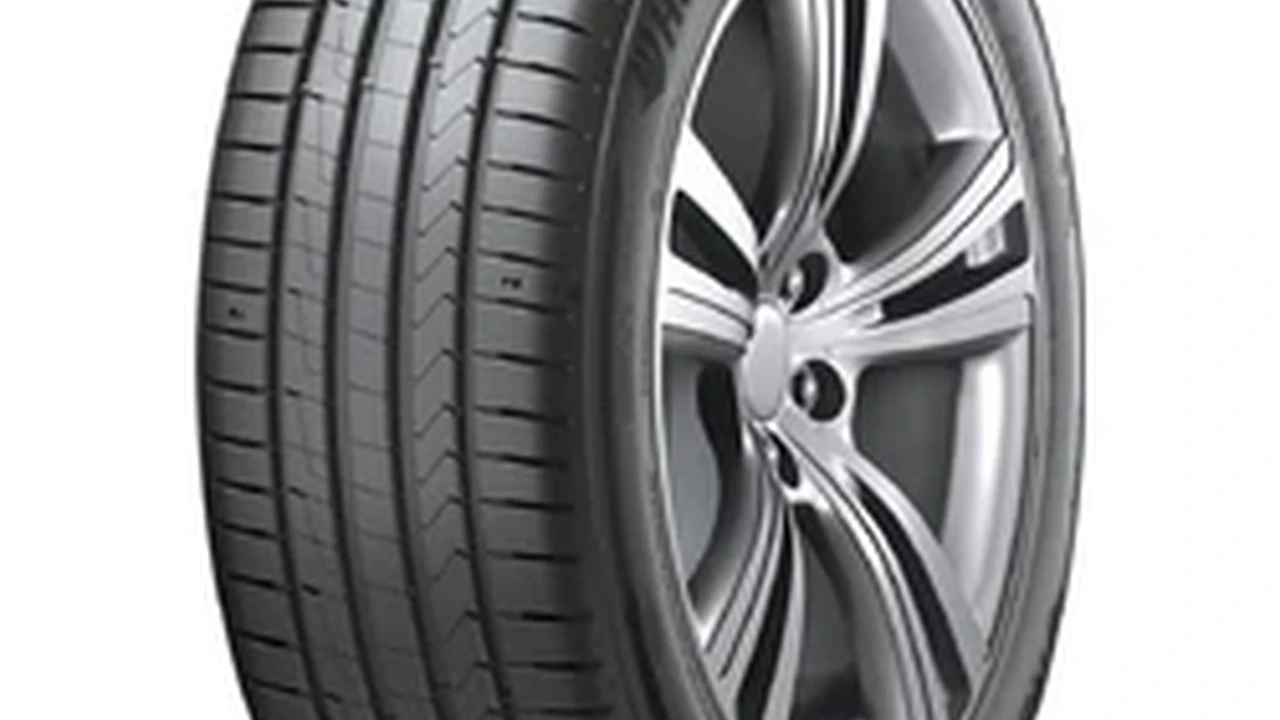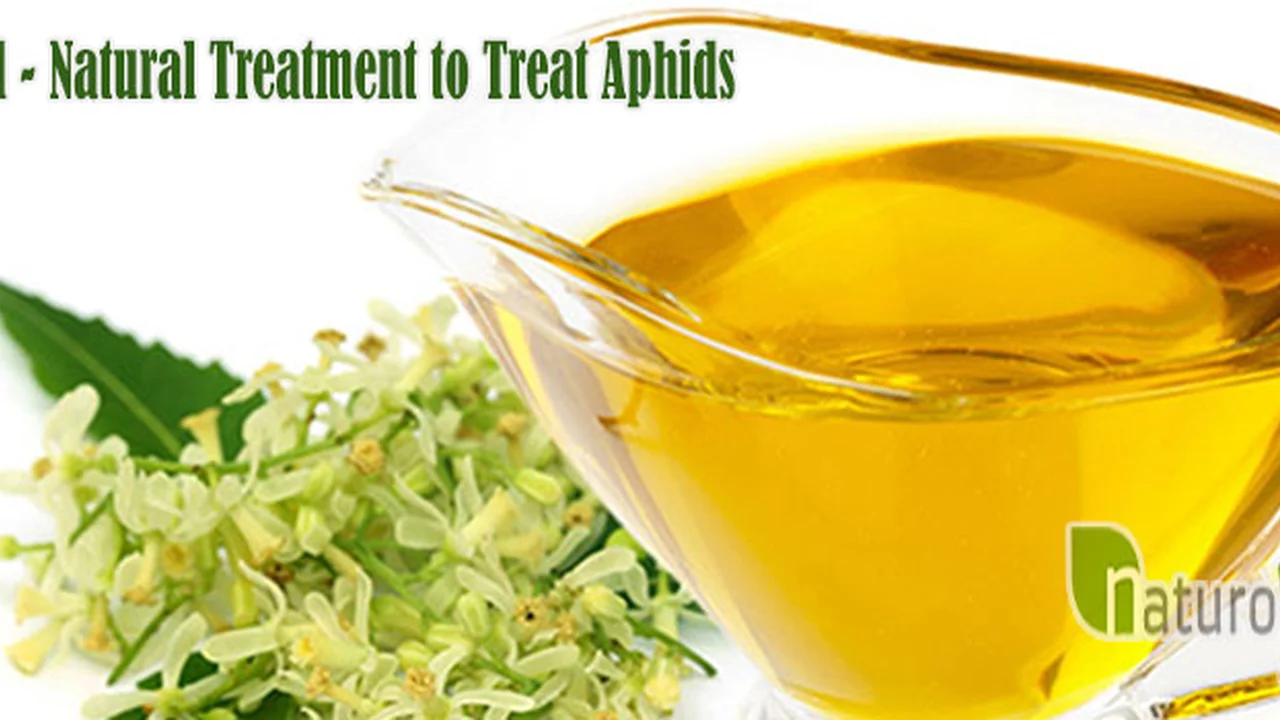Best Gloves for Gardening Top 4 Picks
Find the top 4 gardening gloves for comfort and protection. Essential gear for every beginner gardener.

Best Gloves for Gardening Top 4 Picks
Hey there, fellow green thumbs! Let's talk about something super important but often overlooked when you're just starting out in the garden: gloves. You might think, 'Oh, any old glove will do,' but trust me, the right pair of gardening gloves can make a world of difference. They protect your hands from thorns, blisters, dirt, and even some nasty chemicals. Plus, they can make your gardening tasks a whole lot more comfortable and enjoyable. So, let's dive into why good gloves are a must-have and then I'll share my top four picks that are perfect for beginners, complete with product recommendations, use cases, and even some price points.
Why Gardening Gloves Are Your Best Friend in the Garden
Think about all the things your hands go through when you're gardening. You're digging in soil, pulling weeds, pruning thorny bushes, and maybe even handling some fertilizers or pesticides. Without proper protection, you're looking at cuts, scrapes, splinters, blisters, and dry, cracked skin. Not exactly a fun time, right? Good gardening gloves act as a barrier, keeping your hands safe and clean. They also provide a better grip, which is super helpful when you're working with tools or slippery plants. Plus, some gloves offer insulation, keeping your hands warm in cooler weather or cool in hot, humid conditions. It's all about comfort, safety, and making your gardening experience as pleasant as possible.
What to Look for in Beginner Gardening Gloves
Before we get to the specific recommendations, let's quickly go over what makes a great pair of gardening gloves, especially for beginners. You want something that's durable enough to withstand various tasks but also flexible enough to allow for dexterity. Comfort is key – if they're uncomfortable, you won't wear them. And of course, protection is paramount. Here are a few features to consider:
- Material: Common materials include leather, synthetic fabrics (like nylon, polyester, spandex), cotton, and rubber. Each has its pros and cons regarding durability, breathability, and water resistance.
- Fit: Gloves should fit snugly but not too tightly. You want to be able to move your fingers freely and maintain a good grip.
- Cuff Length: Shorter cuffs are fine for light tasks, but longer cuffs offer more protection for your wrists and forearms, especially when dealing with thorny plants or poison ivy.
- Grip: Look for gloves with textured palms or rubberized coatings for enhanced grip, especially when wet.
- Breathability: Nobody likes sweaty hands. Breathable materials help keep your hands cool and comfortable.
- Water Resistance: If you're often working with wet soil or in damp conditions, water-resistant gloves are a huge plus.
Top 4 Gardening Gloves for Every Beginner Gardener
Alright, let's get to the good stuff! Based on comfort, protection, durability, and versatility, here are my top four picks for gardening gloves that are perfect for anyone just starting their gardening journey.
1. The All-Rounder General Purpose Gardening Gloves
These are your go-to gloves for almost any light to medium gardening task. They offer a great balance of protection, comfort, and dexterity. They're usually made from a blend of synthetic materials with a coated palm for grip and some water resistance.
Recommended Product: Atlas Nitrile Touch Gloves
These gloves are a cult favorite among gardeners, and for good reason. They're incredibly lightweight and flexible, almost like a second skin, which means you can feel what you're doing without sacrificing protection. The nitrile coating on the palm and fingers provides excellent grip, even when wet, and offers good resistance against punctures and abrasions. They're also breathable, so your hands won't get too sweaty.
- Use Cases: Perfect for planting seeds, transplanting seedlings, weeding, light pruning, harvesting vegetables, and general garden cleanup. They're versatile enough for almost daily use.
- Pros: Excellent dexterity, breathable, good grip, affordable, machine washable.
- Cons: Not ideal for heavy-duty tasks like handling very thorny plants or digging with sharp tools. Not fully waterproof.
- Price Range: Typically around $5-$10 per pair. You can often find multi-packs for even better value.
- Where to Buy: Most garden centers, hardware stores, and online retailers like Amazon or Gardener's Supply Company.
Comparison: Atlas Nitrile Touch vs. Generic Cotton Gloves
While generic cotton gloves might seem like a cheap option, they often lack the durability and protection of nitrile-coated gloves. Cotton gloves absorb water easily, offer minimal grip, and wear out quickly. The Atlas Nitrile Touch gloves, on the other hand, provide superior grip, better water resistance, and significantly longer lifespan, making them a much better investment for a beginner.
2. The Thorn and Puncture Resistant Gloves for Pruning and Roses
If you're dealing with roses, berry bushes, or any other thorny plants, you absolutely need a pair of gloves designed for serious protection. These gloves typically feature thicker materials, often leather, and extended cuffs to protect your forearms.
Recommended Product: Exemplary Gardens Rose Pruning Gloves
These gloves are specifically designed for handling thorny plants. They often feature a combination of synthetic leather on the palm and fingers for dexterity and a long, gauntlet-style cuff made of genuine leather or a thick synthetic material to protect your forearms from scratches and punctures. The material is usually thick enough to prevent most thorns from penetrating.
- Use Cases: Pruning roses, handling thorny bushes (like blackberries or raspberries), moving brush, clearing overgrown areas, and any task where serious hand and arm protection is needed.
- Pros: Excellent thorn and puncture resistance, good forearm protection, durable.
- Cons: Less dexterity than thinner gloves, can be a bit bulky, may not be as breathable in hot weather.
- Price Range: Typically around $15-$30, depending on the material and brand.
- Where to Buy: Garden centers, specialty gardening stores, and online retailers like Amazon or Lee Valley Tools.
Comparison: Exemplary Gardens Rose Pruning Gloves vs. Heavy-Duty Work Gloves
While heavy-duty work gloves might offer some protection, they often lack the specific design features for gardening, such as extended cuffs for forearm protection against thorns. Rose pruning gloves are tailored for the task, providing targeted protection where you need it most without being overly cumbersome for gardening tasks.
3. The Waterproof and Durable Gloves for Wet Conditions
Sometimes, you just have to work in wet conditions – whether it's after a rain, when watering, or dealing with muddy soil. For these situations, a truly waterproof and durable glove is essential to keep your hands dry and comfortable.
Recommended Product: Showa Atlas 451 Thermal Insulated Waterproof Gloves
While the name suggests thermal insulation, the key feature here is their excellent waterproof coating and durability. These gloves are fully coated with a tough PVC or nitrile material, making them completely waterproof. They also offer good grip and are surprisingly flexible for their level of protection. The thermal version is great for cooler climates, but even the non-thermal versions are fantastic for wet work.
- Use Cases: Working in wet or muddy soil, handling wet plants, cleaning ponds or water features, washing garden tools, and any task where keeping your hands completely dry is a priority.
- Pros: 100% waterproof, excellent grip in wet conditions, very durable, good protection against chemicals (like fertilizers).
- Cons: Less breathable than fabric gloves, can feel a bit bulky, may not be ideal for very fine dexterity tasks.
- Price Range: Around $10-$20 per pair.
- Where to Buy: Industrial supply stores, some hardware stores, and online retailers like Amazon or Gempler's.
Comparison: Showa Atlas 451 vs. Dishwashing Gloves
You might be tempted to use dishwashing gloves for wet gardening, but they are typically much thinner and less durable. They're prone to tearing and offer minimal protection against punctures or abrasions from garden debris. The Showa Atlas 451 gloves are built for the rigors of outdoor work, providing superior durability and protection.
4. The Lightweight and Breathable Gloves for Fine Tasks
For tasks that require a lot of touch and precision, like tying up delicate plants, harvesting small berries, or handling very fine seeds, you'll want a glove that offers maximum dexterity and breathability. These are often very thin, stretchy, and have minimal coating.
Recommended Product: Foxgloves Original Gloves
Foxgloves are known for their incredibly soft, stretchy, and breathable fabric (often a blend of nylon and Lycra). They fit like a second skin, allowing for excellent tactile feel and dexterity. While they don't offer heavy-duty protection against thorns or sharp objects, they're fantastic for keeping your hands clean and providing a light barrier for delicate tasks. They also dry quickly if they get wet.
- Use Cases: Planting small seeds, tying up climbing plants, harvesting delicate fruits or herbs, light weeding in soft soil, and any task where a high degree of finger sensitivity is required.
- Pros: Exceptional dexterity, very breathable, comfortable, quick-drying, come in various colors.
- Cons: Minimal protection against thorns or punctures, not waterproof, less durable for heavy-duty tasks.
- Price Range: Typically around $20-$30 per pair.
- Where to Buy: Specialty garden stores, gift shops, and online retailers like Amazon or Foxgloves' official website.
Comparison: Foxgloves Original vs. Bare Hands
While some gardeners prefer to work with bare hands for maximum feel, Foxgloves offer a protective layer that prevents dirt from getting under your nails, reduces minor scrapes, and keeps your hands cleaner. They provide almost the same level of dexterity as bare hands but with added comfort and hygiene benefits.
Caring for Your Gardening Gloves Extending Their Lifespan
Once you've invested in some good gardening gloves, you'll want to make them last. Proper care is pretty simple:
- Clean Them: After each use, especially if they're muddy or dirty, rinse them off. For fabric or synthetic gloves, you can often machine wash them on a gentle cycle and air dry. For leather gloves, wipe them clean with a damp cloth and let them air dry away from direct heat.
- Dry Them Properly: Never store wet gloves. Hang them up to air dry completely to prevent mildew and odors.
- Store Them: Keep your gloves in a dry, cool place, away from direct sunlight, which can degrade some materials over time.
- Inspect Regularly: Check for holes, tears, or worn-out areas. Replacing gloves when they're no longer offering adequate protection is important for your safety.
So there you have it! Choosing the right gardening gloves might seem like a small detail, but it can significantly impact your comfort, safety, and overall enjoyment of gardening. Start with one or two pairs from these categories based on the types of tasks you'll be doing most often, and you'll be well on your way to happy, healthy hands in the garden. Happy planting!
:max_bytes(150000):strip_icc()/277019-baked-pork-chops-with-cream-of-mushroom-soup-DDMFS-beauty-4x3-BG-7505-5762b731cf30447d9cbbbbbf387beafa.jpg)






